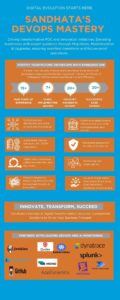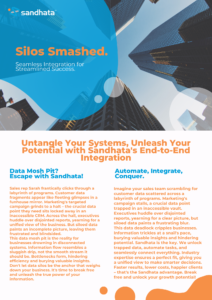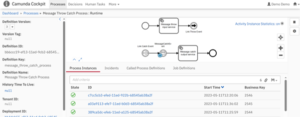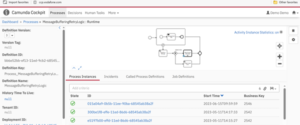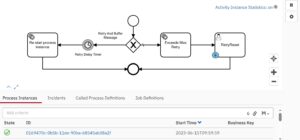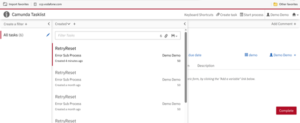
We Are Sandhata – Meet Janani
We talk to Janani Priya who recently joined Sandhata as a graduate. She shares how she managed joining Sandhata during COVID, and her experiences so far.
Tell us a bit about yourself
Hello, my name is Janani. I am from Chennai, India. In September 2020 I graduated from Dr. MGR Educational and Research Institute University with a degree in Engineering BTech (Information Technology). I really enjoyed my studies and am very proud to have secured the 2nd highest marks in my year.
During my course, I studied SQL, Java, Web Development and also achieved Prelims Level in “BEC – Business English Certificate”.

Do you want to achieve quick wins? (Hint: Focus on Minimum Viable Product)
DevOps is all about fast and frequent deployments, measuring value and continual improvement. I’m sure you have heard about reducing batch sizes in order to decrease lead time, increase deployment frequency and improve stability and quality. Well, focusing on the minimum viable product is one way to reduce batch sizes and enable more frequent deployments.
What is meant by Minimum Viable Product (MVP)?
A product which is delivered with just enough features/capabilities to satisfy a subset of users and validate a business use case. Once the product is released, the subset of users will provide feedback which will drive the direction and delivery of subsequent features (or halt development if the product does not appear to have viable business value). Products generally follow an iterative deployment model, and the product evolves through multiple deployments before the product is seen as ‘complete’.

How we built a Live DevOps Innovation Platform
We recently announced the arrival of our Live DevOps Innovation Platform built in-house here at Sandhata. I wanted to share some of the tools we have used for it so far, as well as my personal experiences on this platform, as it has been very interesting and a big learning experience for me.

From College to Career
Choices shape and define us. Past choices mould us into who we are today and the ones we make today shape who we become tomorrow. In this blog post, I will share a brief story of how my career choices have helped shape me into who I am today. After all, aren’t we are all ultimately responsible for our own actions?
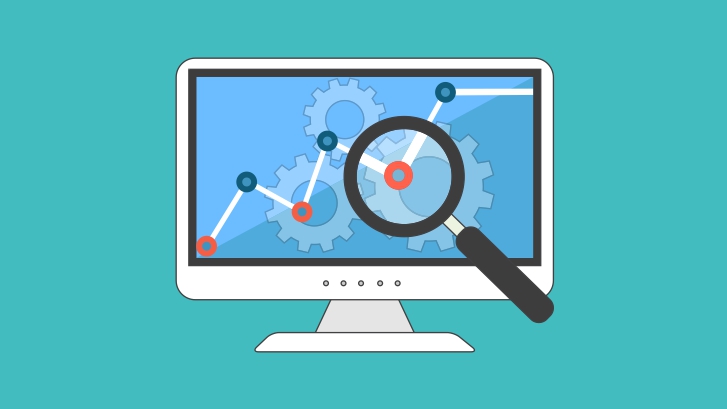
Testing from a developer’s perspective
Having worked in the development side of projects for so long, donning a tester’s hat for some projects at my current workplace was a new experience, nevertheless a useful one. It was almost like starting from scratch. I always had this idea that testing was largely a manual process. Yes, I knew there was automation testing and I was aware of tools such as HPQC, QTP and so on. But, having never used them before, I was not sure how they were leveraged to test the multitude of requirements. So, here go a few of my observations when performing a tester role.

BIRT for Test Reports
Results reporting is one of the key stages in the testing phase where the interested project participants or the stakeholders are presented with information on the test progress. Although many of the test automation tools have inbuilt reporting capability, the information may either be too low-level or technical, or it may not be fully relevant for management. As part of test process improvement, I’m working on a requirement to present the test results in an efficient way, so the management can visualise the current status of testing or the overall status for a test cycle, and make decisions accordingly.

IBM Integration Bus – A Developer’s Perspective
Having worked with some of the popular EAI tools like TIBCO BW, Vitria Businessware and SAP PI, it’s time for me now to familiarize myself with something from the IBM product catalogue as well. IIB – IBM Integration Bus. It is the next product offering from IBM in the ESB range; an extension to Websphere Message Broker and Websphere ESB. Going forward, users of Websphere ESB and Message Broker, would have to migrate to IIB. So, here’s few of my initial thoughts when working with IIB.

